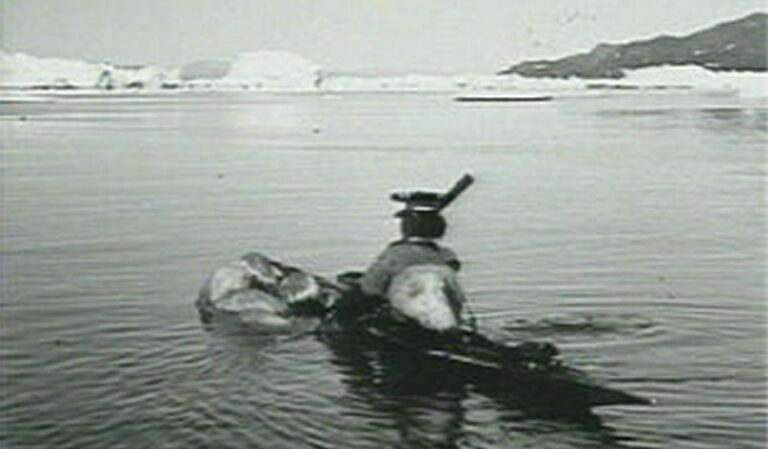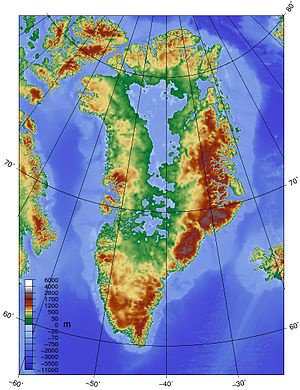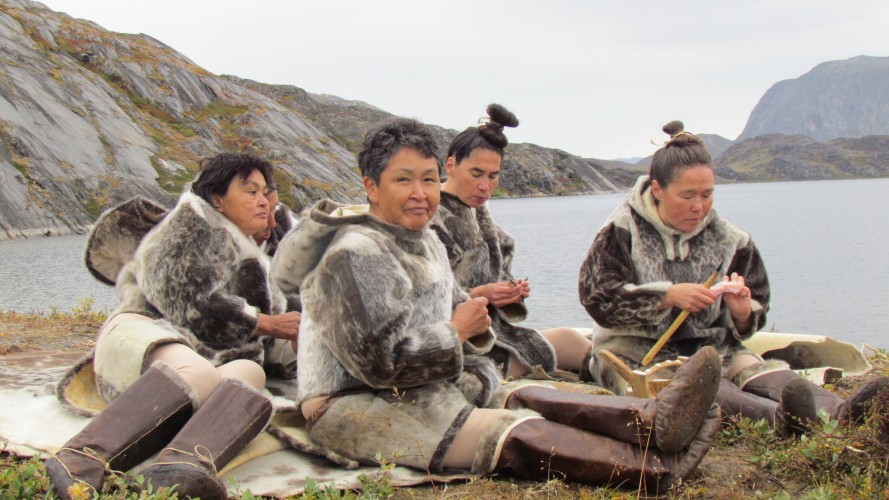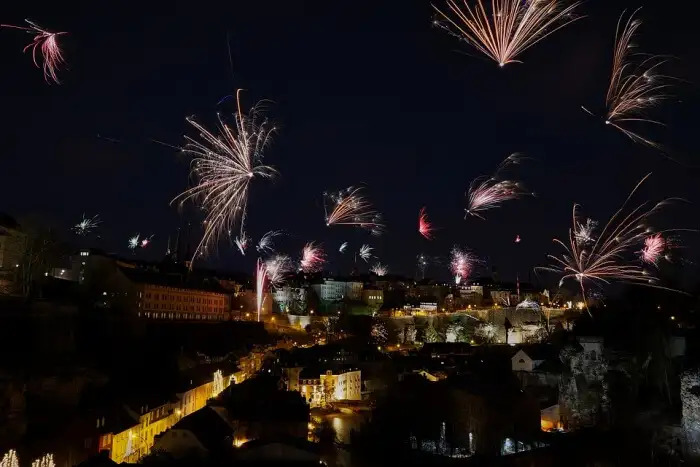For Events/Conferences/ Interpretation Services
- Ram Kesarwani - 9811 200 494
- ram@translationindia.com

Greenland has been inhabited for at least 4,500 years by Arctic peoples whose forebears migrated there from what is now Canada. Norsemen settled the uninhabited southern part of Greenland beginning in the 10th century, having previously settled Iceland. Inuit arrived in the 13th century. Though under continuous influence of Norway and Norwegians, Greenland was not formally under the Norwegian crown until 1261.
In the 15th century, the Norse settlements in Greenland disappeared, possibly due to a combination of factors, including climate change, conflict with the Inuit, and economic decline. Greenland remained uninhabited by Europeans for centuries, until the arrival of Danish missionaries in the 17th century.
In the 19th century, Greenland became a Danish colony. The Danish government established a number of trading posts and missions in Greenland, and began to encourage the Inuit to adopt Danish culture and way of life.
In 1979, Greenland was granted home rule from Denmark. This gave Greenlanders control over their own internal affairs, including education, healthcare, and the environment. Denmark still retains control of Greenland’s foreign affairs and defense

Greenland is the world’s largest island, covering an area of approximately 836,000 square miles. It is located in the North Atlantic Ocean, east of Canada and west of Iceland. Greenland is mostly covered in ice, with a small area of land along the coast. The climate in Greenland is cold and Arctic, with long winters and short summers.

The economy of Greenland is based on fishing, mining, and tourism. Fishing is the largest industry in Greenland, and the country is a major exporter of fish products. Mining is also a significant industry, and Greenland has large reserves of minerals such as zinc, lead, and uranium. Tourism is a growing industry in Greenland, and the country attracts visitors from all over the world.
The culture of Greenland is a mix of Inuit and Danish traditions. The Inuit have a rich culture that includes traditional arts and crafts, music, and dance. The Danish have also had a significant influence on Greenlandic culture, and the country has a Danish-style school system and government.

Upernavik Winter Festival: This festival is held in Upernavik, a town in northern Greenland, in February. The festival features traditional Inuit games and competitions, as well as music and dance performances.

The official languages of Greenland are Kalaallisut, a dialect of Inuit, and Danish. Kalaallisut is the most widely spoken language in Greenland, and it is the language of instruction in schools. Danish is the language of government and business, and it is also spoken by many Greenlanders.
In Greenland , Translation India provides a variety of services, including simultaneous conference interpreters, document translation, and language translators. Translation India provides expert translation services in a variety of languages, including . Danish , Greenlandic , English Filipino Thai ,Icelandic, Swedish ,Norwegian, Finnish, French ,Romanian ,Bulgarian and many more . The business offers flexible and reasonable pricing To meet the needs of its consumers, the organisation provides flexible and reasonable pricing. Translation India’s dedication to offering excellent services and satisfying customer expectations creates a positive experience for all parties involved.
If you’re looking for translation or interpreting services in Greenland , consider Translation India. A team of qualified and certified professionals from Translation India can deliver high-quality services that are individually tailored to your demands.